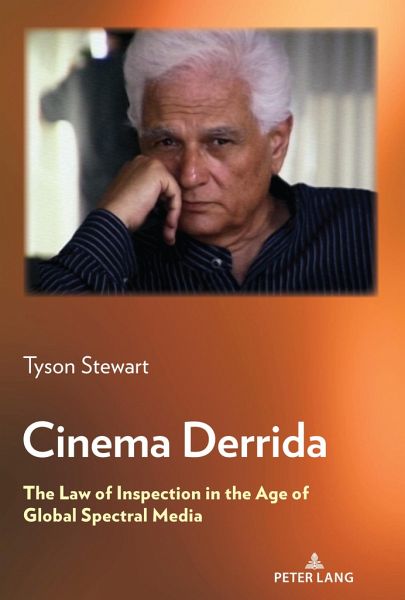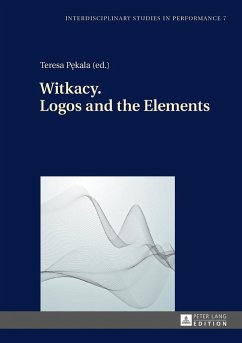
Cinema Derrida
The Law of Inspection in the Age of Global Spectral Media
Versandkostenfrei!
Versandfertig in 6-10 Tagen
95,35 €
inkl. MwSt.
Weitere Ausgaben:

PAYBACK Punkte
0 °P sammeln!
Cinema Derrida charts Jacques Derrida's collaborations and appearances in film, video, and television beginning with 1983's Ghost Dance (dir. Ken McMullen, West Germany/UK) and ending with 2002's biographical documentary Derrida (dir. Dick and Ziering, USA). In the last half of his working life, Derrida embraced popular art forms and media in more ways than one: not only did he start making more media appearances after years of refusing to have his photo taken in the 1960s and 1970s, but his philosophy also started to draw more explicitly from visual culture and artistic endeavours. While this...
Cinema Derrida charts Jacques Derrida's collaborations and appearances in film, video, and television beginning with 1983's Ghost Dance (dir. Ken McMullen, West Germany/UK) and ending with 2002's biographical documentary Derrida (dir. Dick and Ziering, USA). In the last half of his working life, Derrida embraced popular art forms and media in more ways than one: not only did he start making more media appearances after years of refusing to have his photo taken in the 1960s and 1970s, but his philosophy also started to draw more explicitly from visual culture and artistic endeavours. While this book offers explanations of this transition, it contends the image of "Jacques Derrida" that emerges from film and TV appearances remains spectral, constantly deferring a complete grasp of him.
Tyson Stewart draws out the main tenets of spectrality from Derrida's seminal texts Of Grammatology and Specters of Marx and other writings, like Echographies of Television, in order to fill a gap in studies of Derrida and film. Throughout the book, he explains how various techniques and spectral effects such as slow motion, stillness, repetition, mise-en-abîme, direct address, and focus on body parts/bodily presence bring about a structure of spectrality wherein the past other returns to make impressions and ethical demands on the viewer. Drawing on communication theory and film and media studies, Cinema Derrida makes a major intervention in classical communication thought.
Tyson Stewart draws out the main tenets of spectrality from Derrida's seminal texts Of Grammatology and Specters of Marx and other writings, like Echographies of Television, in order to fill a gap in studies of Derrida and film. Throughout the book, he explains how various techniques and spectral effects such as slow motion, stillness, repetition, mise-en-abîme, direct address, and focus on body parts/bodily presence bring about a structure of spectrality wherein the past other returns to make impressions and ethical demands on the viewer. Drawing on communication theory and film and media studies, Cinema Derrida makes a major intervention in classical communication thought.














